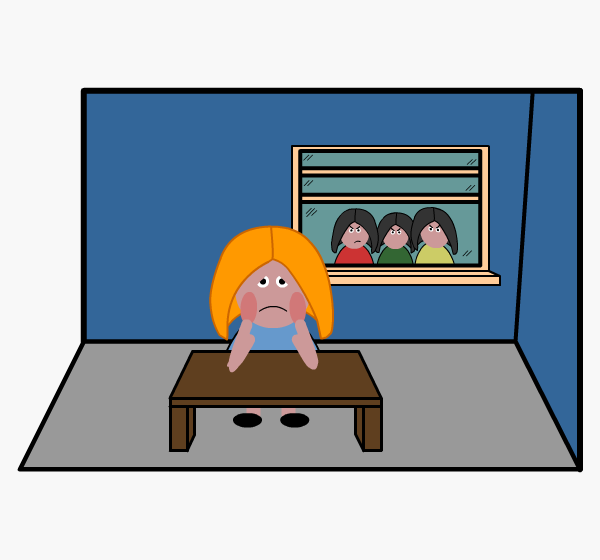
This blog is going to discuss the issue of bullying in secondary schools. It will discuss the types and effects of bullying and also how to tackle bullying in secondary schools.
Bullying can be defined as the on-going abuse of another person by physical and mental means. The major problem with bullying in secondary schools is that it is conducted out of sight of the victim’s parents or loved ones, so it may be harder to deal with or even detect. Before action can be taken, it is vital to understand the types of bullying and the effects of bullying in secondary schools.
The Types and Effects of Bullying
The first thing to address is the type of bullying we are dealing with. Bullying can generally be categorized into three main types: verbal bullying, physical bullying and cyberbullying. The effects that the bullying has on an individual can help in identifying the type of bullying that is being inflicted.
If your child is coming home from school with scratches, bruises or damaged and ruined clothing then they are probably being physically bullied and you need to take immediate action. Signs to look out for that could point to verbal and/or cyberbullying among students are stress and anxiety, especially school anxiety on Sunday evenings. Other signs include problems sleeping, changes in eating habits, lack of confidence and self-esteem, and complaining of illness in order to take unnecessary time off school.
Tackling Bullying in Secondary Schools
When it comes to tackling bullying in secondary schools, it is absolutely vital that the school and board of governors have a strict anti-bullying policy in place. All schools should have a set of procedures to deal with all types of bullying. Having a clear no-tolerance policy on school bullying will help it become ingrained in all students and teachers. This will make people more aware of the signs of bullying and they will have no doubt that it is unacceptable.
Students should feel comfortable approaching a teacher or school counsellor at any time if they are being bullied or are concerned about one of their peers. The best way to tackle bullying in schools is to have a clear message that it is not tolerated under any circumstances. Secondary school is a difficult time for students and they should be able to concentrate on their studies and on doing their best academically without the added stress and anxiety that comes from bullying.

